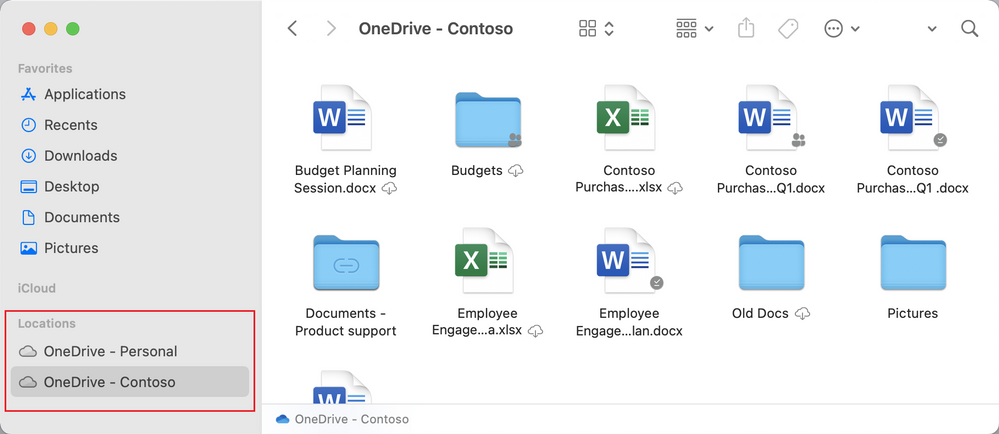

- Eaglefiler onedrive full#
- Eaglefiler onedrive pro#
- Eaglefiler onedrive software#
- Eaglefiler onedrive windows 8.1#
- Eaglefiler onedrive trial#
recommend using a third-party software such as MailSteward or EagleFiler. Give a me another month or two and the above process will probably change again, unfortunately I get enjoyment out of developing new filing processes. back using a cloud storage solution (iCloud, Dropbox, OneDrive or pCloud).
Eaglefiler onedrive windows 8.1#
Download the OneDrive desktop app for Windows 8.1 for 32-bit or 64-bit. For more information about OneDrive in Windows 8.1 and Windows RT 8.1, see OneDrive Help for Windows 8.1. Devonthink does most of the heavy lifting via its auto classify process. A setting is installed that lets you use Office to work on OneDrive documents with other people at the same time, but no other features are installed.

My process only requires 2, being Rename based on internal/creation date, import into Devonthink and Rename based on existing name & Tags (where name matches 1,1,1,1,1,1,1,1). You could achieve the process of filing and renaming just via Hazel but you would have to develop and maintain a lot of unique rules. If the file name is still based on the date only (sometimes I will rename for clarity etc) a Hazel Rule can be run to rename to include the Tags (ie 20160530 - Home Electricity). This doubles the storage space used by the documents but I am not concerned with that. This gives me the open folder structure of my files to which Devonthink adds OSX Tags to the exported files (ie Home, Electricity) providing another way to conduct search. Every so often I will export the Devonthink folders to a Cloud storage location (ie One Drive). As I mentioned previously I like redundancy in my file storage and they way I achieve this is after processing files via Hazel to rename on the internal document date (or creation date if not found) I import into Devonthink and file in a heirarchal folder structure (ie Home> Electricity. I also find the IOS app much better for finding documents than Cloud based storage searches. The primary benefit is the ability to automatically classify and file most documents and the numerous additional utilities provided by Devonthink such as annotation, duplicate cleaning etc. I have recently gone back to using Devonthink as the initial storage of my files. I have to and froed between folder structures and Devonthink as the process of storing files. SCO Monthly Magazine (August Issue when published) - App Link.Purchase in SCO Showcase App (Apple TV) - Search for SCO Showcase.Purchase in SCO Showcase App (iPad and iPhone) - Link.
Eaglefiler onedrive trial#

Subscribe using a 3rd Party Podcatcher App (iOS) - Instructions.Subscribe in iTunes (Mac) - Instructions.There are many ways to access this tutorial either as an SCO Member or if you wish to purchase this individual tutorial
Eaglefiler onedrive full#
Options to Access or Purchase Full Tutorial Adding Your iOS Scans to Your Mac WorkflowĬlickable Links (Except for Apple TV App).
Eaglefiler onedrive pro#
Working with Settings & Workflows in Scanner Pro 7.Adding Actions to Your Folders with Hazel.Although Todd uses some sample workflows, they are provided to give you some ideas on what can be achieved and allow you to create your own workflows to match your way of working. He also takes a look at a great iOS app that allows you to scan and process documents directly on your iOS device - Scanner Pro 7. To you Mac as local drives.In this episode, Todd Olthoff takes a look at some sample workflows to automate the capture and manipulation of digital files using some of our favourite tools - Hazel & DEVONthink Pro. CloudMounter is the smartest way to manage cloud storages and remote servers from one spot allowing you to connect Dropbox, Google Drive, Amazon S3, Microsoft OneDrive, (S)FTP, WebDAV, etc. Similar to ExpanDrive, it can simultaneously mount Microsoft OneDrive, Google Drive, OpenStack Swift, Amazon S3, Dropbox and other cloud drives as local disks in Windows Explorer, thus making it convenient for users to store and use the files in them at any time – just access and manage them directly like using the local disks. As we said in the beginning, CloudMounter mounts clouds as disks. Instead, a virtual disk would be created and you can manage all the files and folders using this drive. As we said earlier, CloudMounter doesn’t store the files on your local hard drive. You can use this tool to convert the web storage space into a virtual disk on your computer. If you are searching for Google Drive app for Windows, OneDrive client for PC it is the best choice. With this Dropbox Windows client, you can get access to online data from your Windows computer. CloudMounter makes possible to mount cloud storage as a local drive on Windows PC.


 0 kommentar(er)
0 kommentar(er)
